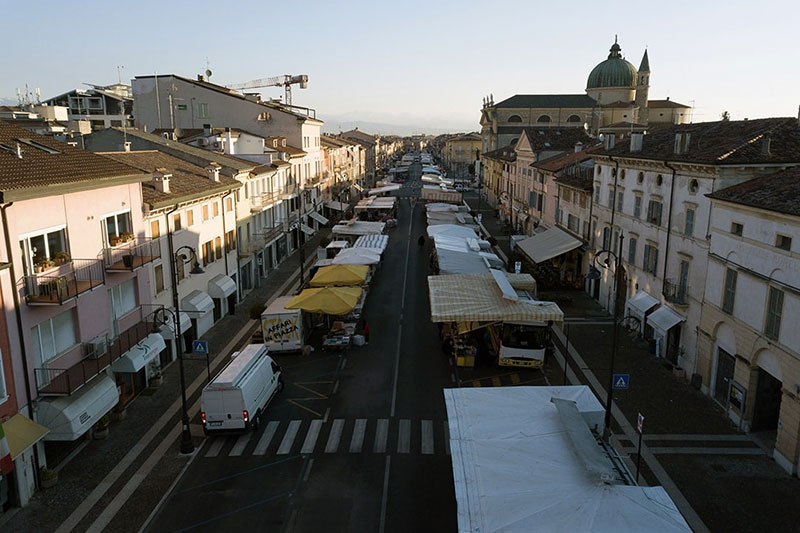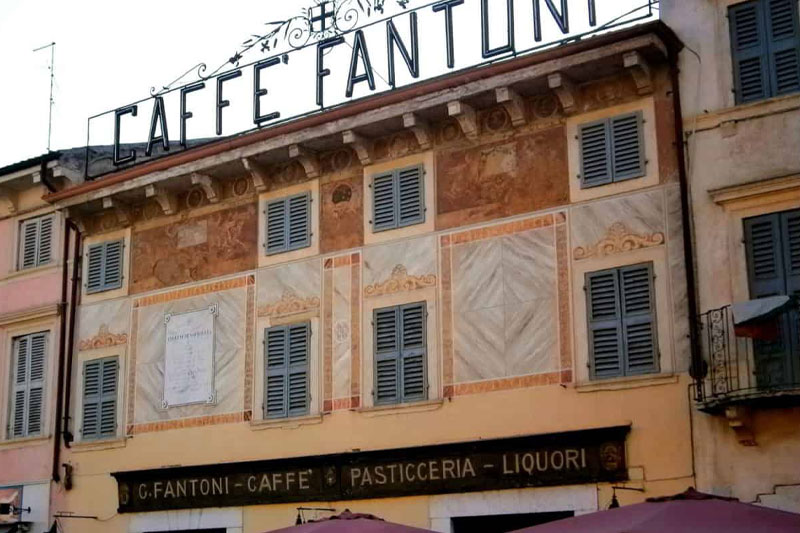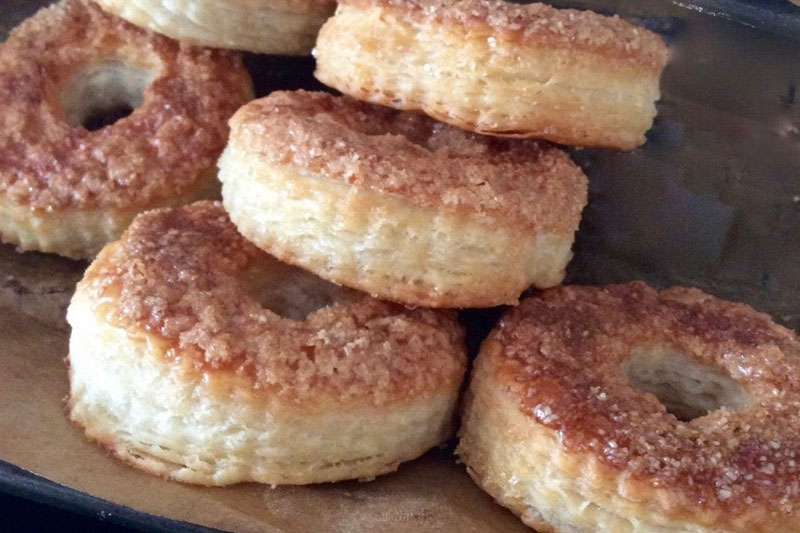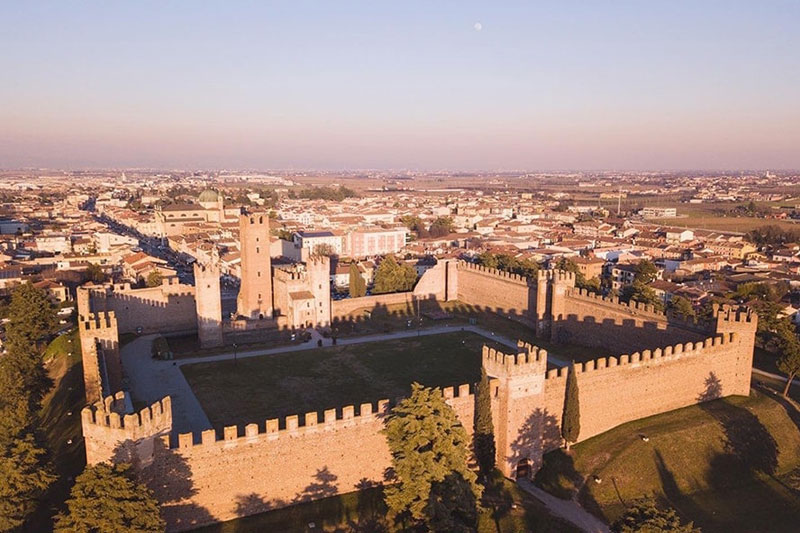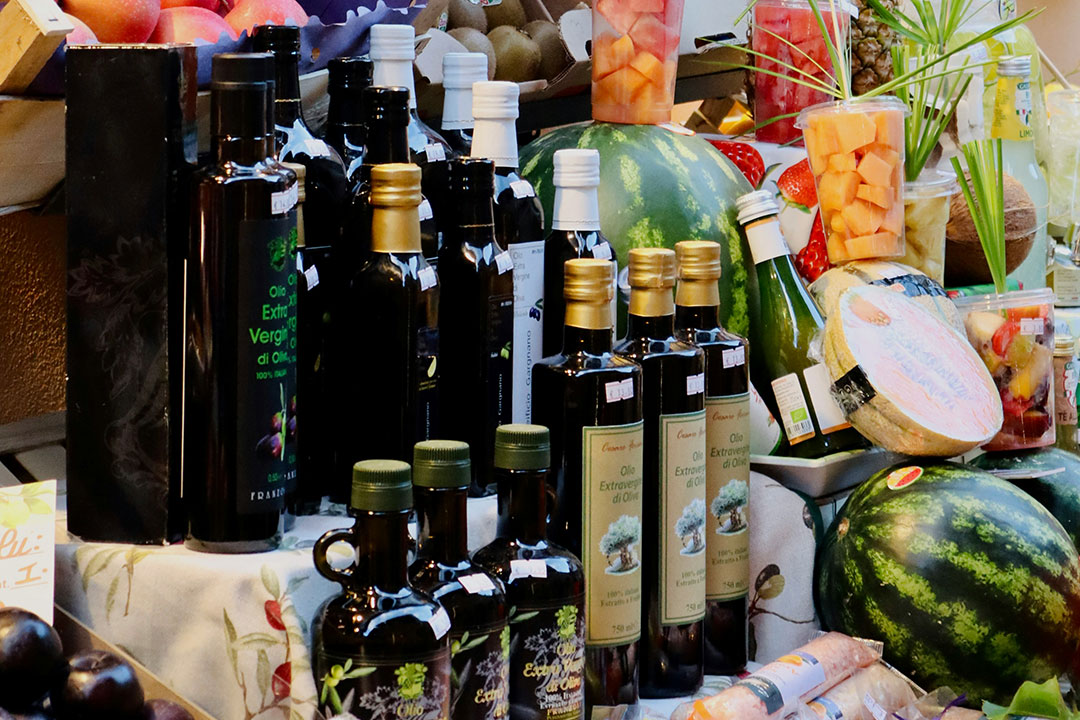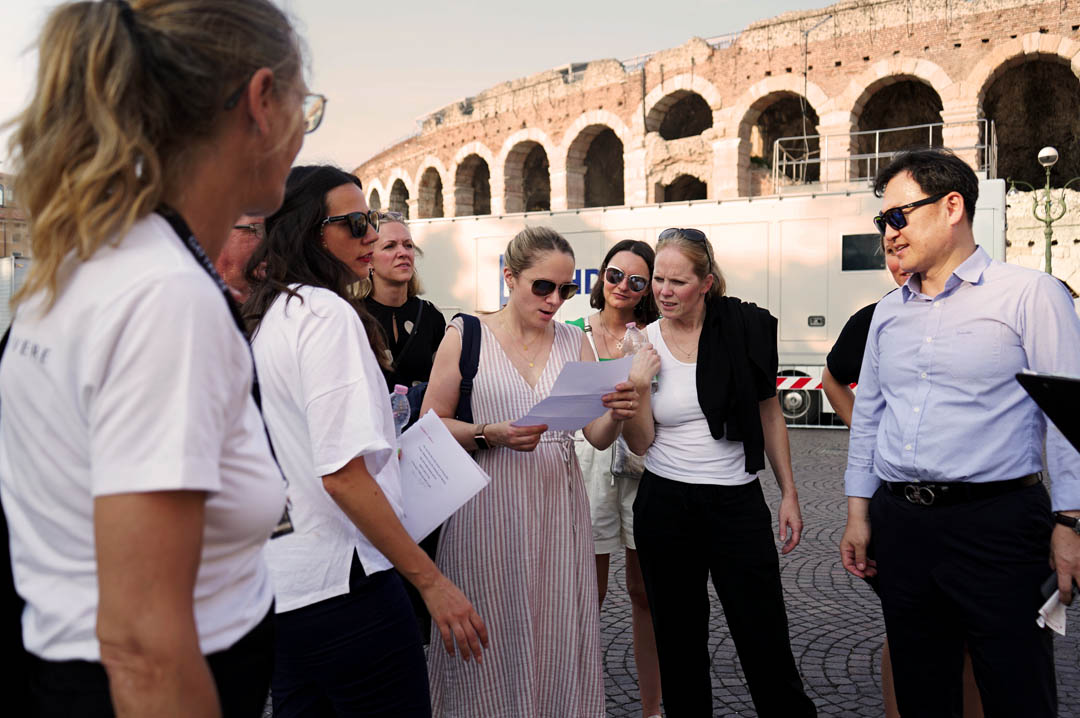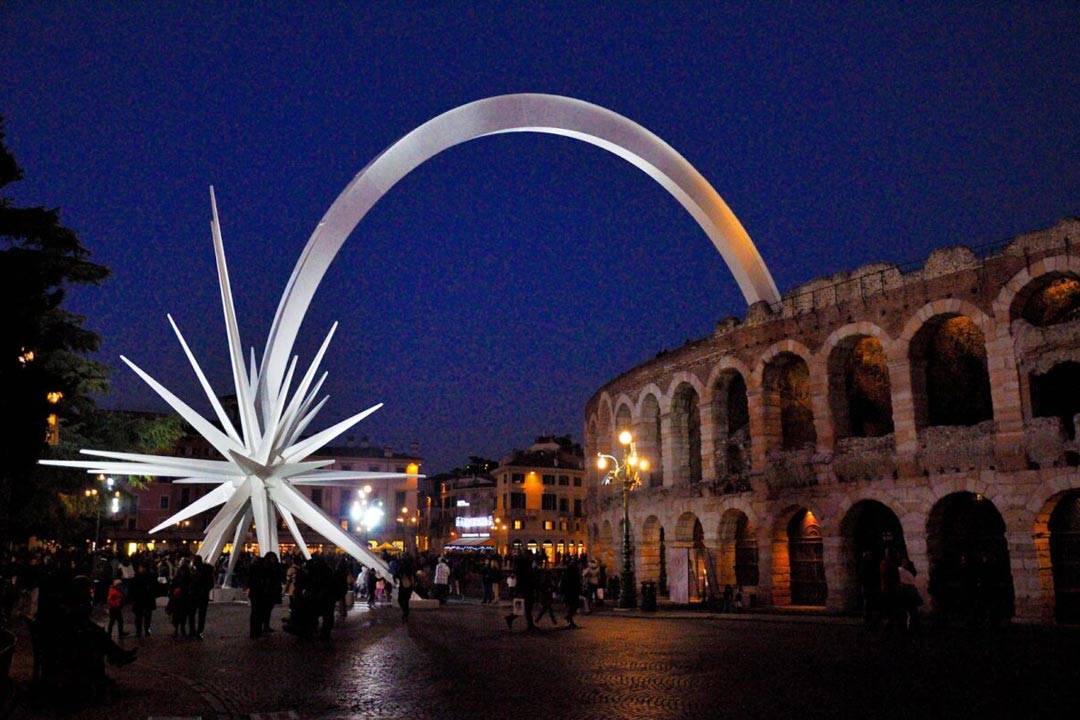Mr. Giovanni’s flair appears already in the location of the restaurant, intentionally or not very favorably: in the center of the village and close to the “Consorteria”, the Town Hall, already from the 16th century (now the “Il Sole” hotel) .
Angelo Messedaglia Villafranchese
Luck adds of his: here was born 22 years earlier what will be the last great villafranchese character, Angelo Messedaglia , distinguished economist, university professor in Padua and in Rome, deputy and senator from 1866 to 84, president of the Accademia dei Lincei. The birthplace, which due to the growing fame of the economist, will become a national monument bringing considerable added value, will be a further opportunity for visibility to the commercial merits of the Fantoni company. The highlight on April 13, 1902 on the occasion of the laying on the facade of the commemorative plaque, the text of which was dictated by Luigi Luzzatti, future President of the Council of Ministers and official speaker of the circumstance was prof. Ferraris of the University of Padua.
Evaluated in the press of the time as a superb work of art worthy of participating in the traditional carnivals of national fame, made on a sketch by Edoardo Ximenes, then a well-known designer and illustrator of the Milanese magazine “L’Illustrazione Italiana”.
